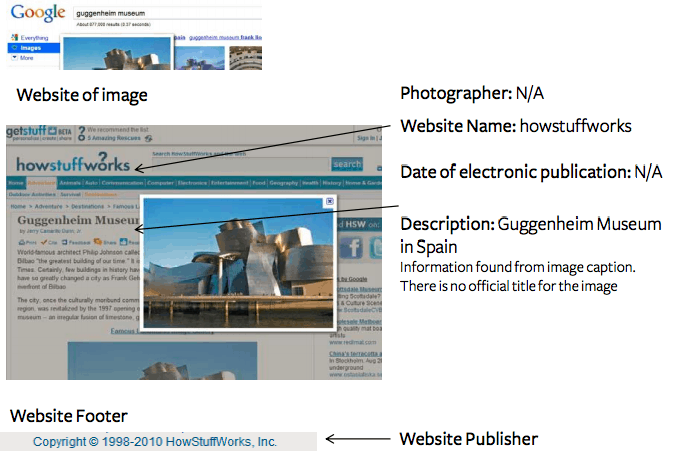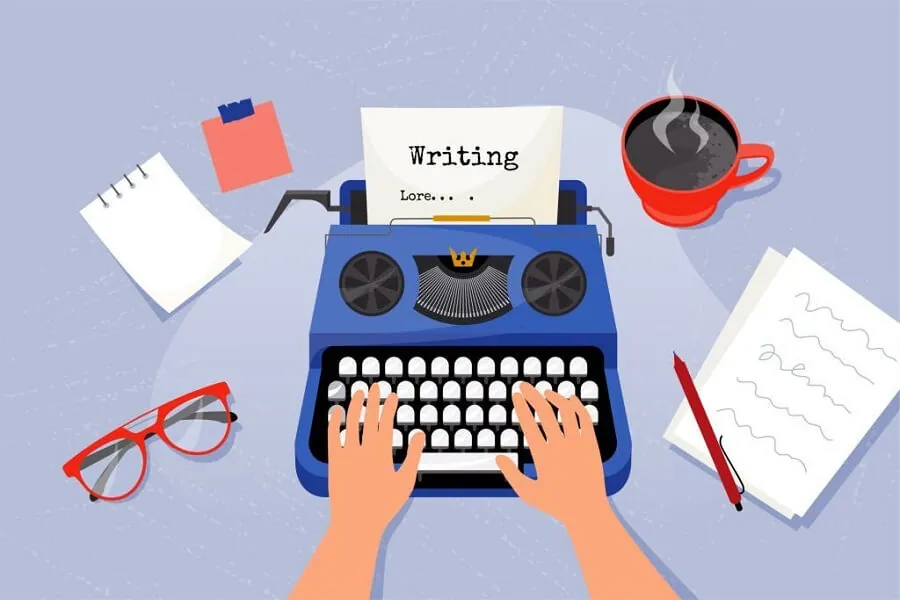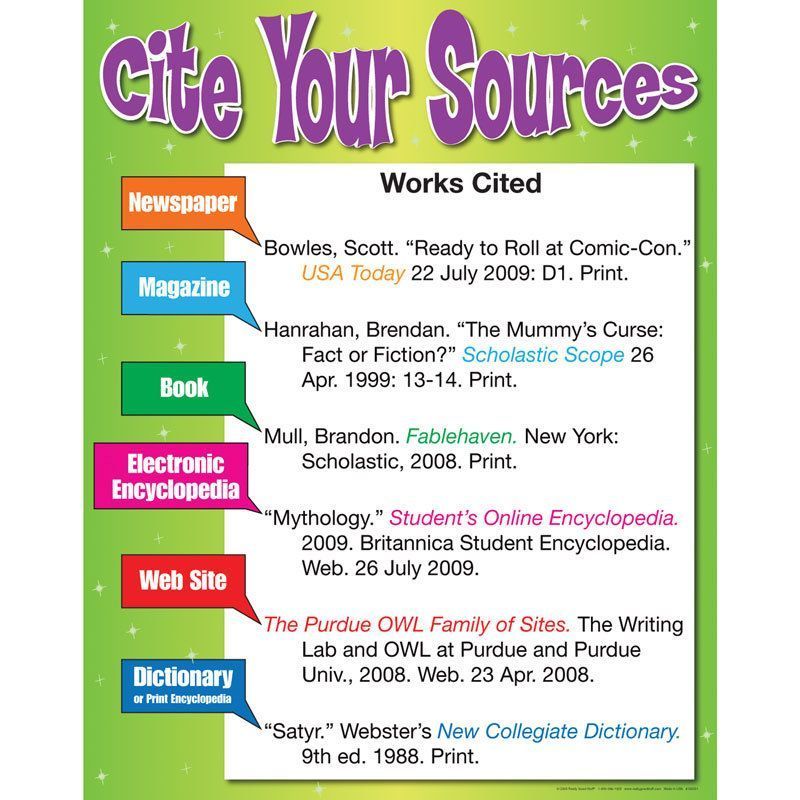Using images from Shutterstock in your academic work can really enhance your projects, but it’s super important to give proper credit. Not only does this show respect for the creators, but it also keeps you compliant with copyright laws and academic integrity standards. If you’re unsure how to cite these images correctly, don’t worry — I’ll walk you through the essentials. In this guide, we’ll cover how to properly cite Shutterstock images and understand the licensing terms that come with them, so you can confidently include visuals in your research or presentations without any legal hiccups.
Understanding Copyright and Licensing for Shutterstock Images

Before you include any Shutterstock image in your work, it’s crucial to understand the difference between copyright and licensing. Copyright is a legal right that automatically grants the creator of an original work exclusive control over how it is used, reproduced, and distributed. When you buy or download an image from Shutterstock, you’re not purchasing the copyright — instead, you’re obtaining a license to use that image under specific terms.
Shutterstock offers various types of licenses, mainly:
- Standard License: This allows you to use the image for most purposes like presentations, websites, and printed materials up to a certain quantity. However, it restricts the number of copies and prohibits use in products for resale or items that will be sold.
- Enhanced License: This gives you broader rights, including unlimited copies, use in merchandise for resale, and more extensive distribution rights.
Understanding which license you have is key to citing properly. For example, images used under a standard license might have different attribution requirements compared to those under an enhanced license. Always review the license agreement that comes with your image to understand your rights and obligations.
Remember, even if an image is licensed for commercial or educational use, proper attribution is often required. Failing to credit the original creator can lead to copyright infringement, which can have serious legal and academic consequences. So, always check the licensing details, and when in doubt, provide a clear attribution to respect both legal and ethical standards.
Steps to Properly Cite Shutterstock Images in Academic Papers

Citing images from Shutterstock might seem straightforward at first glance, but doing it correctly is essential to give proper credit and maintain academic integrity. Here’s a simple step-by-step guide to help you navigate the process:
- Identify the necessary information — Before you start, gather all the details about the image. This typically includes:
- Author or creator (if available)
- Title or description of the image
- Source (Shutterstock)
- Image ID or license number
- Date of access or download
- Check the licensing terms — Shutterstock images are usually licensed, and the terms can influence how you cite them. Make sure your use aligns with the license type (e.g., standard or enhanced). This step ensures your citation is accurate and legally compliant.
- Locate the citation format required by your institution or publication — Different academic styles (APA, MLA, Chicago, etc.) have specific rules. Find out which style guide you need to follow.
- Create the citation — Using the gathered information and the style guidelines, construct your citation. Be precise and consistent.
- Insert the citation appropriately — Typically, images are captioned directly below or beside the image, and a full citation appears in your reference list or bibliography.
- Double-check everything — Before submitting your work, verify all details are correct and that your citations conform to the required style guide.
By following these steps, you ensure your use of Shutterstock images is ethical, professional, and academically sound. Remember, proper citation not only respects creators’ rights but also strengthens your credibility as a researcher or student.
Formatting Shutterstock Image Citations in Different Citation Styles

Different academic disciplines and institutions often prefer specific citation styles. Here’s a quick overview of how to cite Shutterstock images in the most common styles: APA, MLA, and Chicago.
APA Style (7th Edition)
Format:
Author, A. A. (Year). Title or description of the image [Image]. Shutterstock. URL or license number
Example:
Smith, J. (2022). Sunset over mountains [Image]. Shutterstock. License 123456789
Note: If the author is not available, start with the description. The URL can be the direct link to the image if accessible, or the Shutterstock homepage.
MLA Style (9th Edition)
Format:
"Title or description of the image." Shutterstock, uploaded by Author (if known), Year, URL or license number.
Example:
"City Skyline at Night." Shutterstock, uploaded by Jane Doe, 2023, www.shutterstock.com/image-123456789.
Remember to capitalize the description properly and include the uploader if known.
Chicago Style (Author-Date system)
Format:
Author Last Name, First Name. Year. "Title or description of image." Shutterstock. Accessed Month Day, Year. URL or license number.
Example:
Johnson, Emily. 2021. "Abstract Art Illustration." Shutterstock. Accessed March 10, 2023. www.shutterstock.com/image-987654321.
If no author is available, start with the description. Always include the access date and the URL for online images.
Summary of Key Points
- Always include the creator (if known), title/description, source, date, and license or URL.
- Use italics or quotation marks as per style guidelines.
- Ensure consistency throughout your paper.
Ultimately, the most important thing is to follow your specific style guide closely. Properly formatted citations not only show your attention to detail but also protect you from potential plagiarism issues. When in doubt, consult the latest edition of your chosen style manual or your institution’s guidelines.
Common Mistakes to Avoid When Citing Shutterstock Images

When it comes to citing images from Shutterstock, it’s easy to make some common mistakes that can compromise the integrity of your academic work. Let’s go over a few pitfalls to watch out for so you can ensure your citations are spot-on!
1. Forgetting to Attribute Properly: One of the biggest mistakes is failing to provide the correct attribution. Shutterstock images often require specific citation details, including the photographer’s name, the image title or description, and the license type. Skipping these details can be considered plagiarism or misrepresentation.
2. Using Incorrect License Information: Shutterstock offers different licensing options—standard and enhanced. Using an image outside of its licensed scope, like using a standard license image for commercial purposes, can land you in legal hot water. Always double-check the license terms before citing or using the image.
3. Missing the Access Date or URL: Since online images can change or be removed, including the date you accessed the image and the direct URL from Shutterstock is essential. Omitting these details can make it difficult for others to verify your sources.
4. Inconsistent Citation Format: Many students and researchers forget to follow a consistent citation style throughout their work—be it APA, MLA, Chicago, or another style. Mixing formats can look unprofessional and reduce the credibility of your work. Always stick to the style guide specified by your institution or publication.
5. Relying on Automatic Citation Tools Without Verification: While citation generators can be helpful, they often produce incorrect or incomplete citations for images. Always verify the generated citation against the official style guide and the Shutterstock licensing information to ensure accuracy.
By being mindful of these common mistakes, you can avoid potential issues and give proper credit to the creators of the images you use. Remember, respectful attribution not only keeps you out of trouble but also honors the hard work of photographers and artists.
Additional Tips for Using Shutterstock Images Responsibly in Academic Work
Using images from Shutterstock responsibly isn’t just about citations; it’s also about respecting copyright laws, ethical considerations, and the integrity of your academic work. Here are some helpful tips to keep in mind:
1. Always Check the License Type: Before downloading and citing an image, ensure you understand the license type. Standard licenses are typically suitable for educational purposes, but for commercial or promotional use, you might need an enhanced license. Using images outside their license scope can lead to copyright infringement.
2. Keep Records of Your Licenses and Downloads: Maintain a file with all your Shutterstock licenses, receipts, and download records. This documentation can be invaluable if questions about your image usage arise later.
3. Use Images Relevant and Appropriate: Choose images that genuinely enhance your academic work and are relevant to your content. Avoid using images just because they look appealing—make sure they add value and are appropriate for your audience and purpose.
4. Respect the Ethical Use of Images: Don’t manipulate images in a misleading way. For example, avoid altering images to misrepresent facts or to create false impressions. Transparency and honesty should always guide your use of visual content.
5. Attribute Clearly and Correctly: As covered earlier, proper attribution is key. Use the citation style recommended by your institution, and include all necessary details—author, title, license, URL, and access date.
6. Be Mindful of Fair Use and Fair Dealing: While fair use may sometimes allow for limited use without licensing, it’s a complex legal area. When in doubt, always opt to license the image properly or seek permission. Better safe than sorry!
By following these tips, you not only stay compliant with copyright laws but also uphold high standards of academic integrity. Responsible image use reflects well on you as a researcher or student and demonstrates respect for the creative work of others. Remember, when in doubt, consult your instructor or a legal expert to clarify the appropriate use of images in your work.
Conclusion and Best Practices for Image Citation in Academia
Citing images accurately is essential to maintain academic integrity and give proper credit to original creators. When using images from Shutterstock or any other source, ensure you follow the specific citation style required by your institution or publication, such as APA, MLA, or Chicago. Proper citation not only avoids plagiarism but also enhances the credibility of your work.
Here are some best practices to keep in mind:
- Always verify licensing rights before including images in your work, ensuring you have the appropriate permissions.
- Include comprehensive citation details such as the author, title, source, license type, and retrieval date.
- Use consistent formatting throughout your document, adhering to the chosen citation style.
- Maintain high-quality images to ensure clarity and professionalism in your work.
- Keep a record of all image sources and licenses for future reference and possible revisions.
Some academic institutions also recommend including a caption or figure note directly below the image, citing the source in brief. For example, “Image courtesy of Shutterstock, licensed for educational use.” This practice helps readers understand the origin of visual content easily.
In summary, proper image citation is a vital component of scholarly writing. By adhering to best practices, you demonstrate respect for intellectual property, uphold academic standards, and contribute to the integrity of your work.


